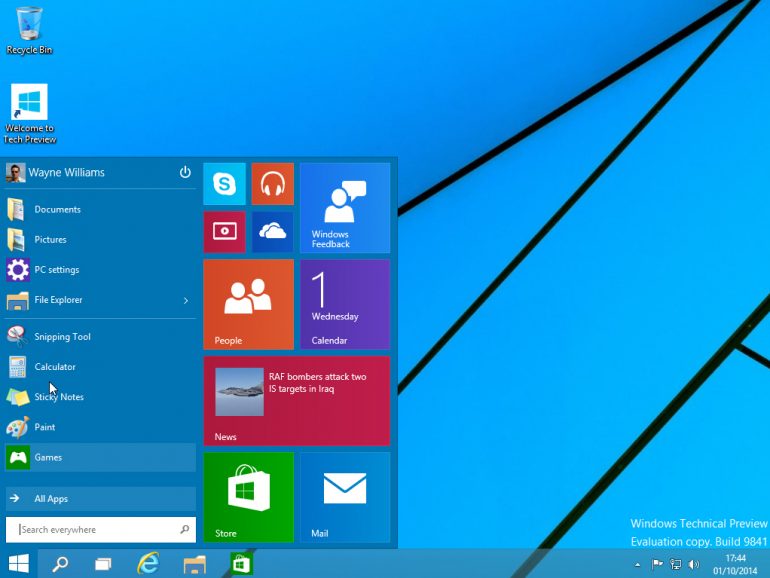Windows 10 Technical Preview is the hottest new piece of software out there and millions of people are eager to try it for free but they should be aware of something – the new preliminary version of Windows 10 collects user data.
The good news is that Microsoft does not do that covertly – if you read the privacy policy of Windows 10 Technical Preview you will see that it indicates the company uses a keylogger, among other methods, to receive information on the software’s performance. It seems this is one of the reasons why Microsoft insists that Windows 10 Technical Preview not be installed on computers that are used for everyday tasks. For example, when you enter text, the keylogger will collect the typed characters and the reason for this action is simple – Microsoft wants to fine tune the spell check and auto-complete features that are found in Windows 10.
In addition to that Windows 10 Technical Preview collects information when you open the file – the system records information about the file, the program used to open it and then how long it takes to open the file. Microsoft says this information will be used to improve performance and then more. Furthermore Microsoft collects information about the programs that are installed, including the device they are installed on and this information is then used to determine and improve the compatibility of Windows 10 with these programs. The same goes true for voice input features – Microsoft may collect voice information if the customer uses these functions. The explanation for this action is that Microsoft wants to improve speech processing. Wait-there’s more – Microsoft also collects user information but says it will use it only to contact that customer or share it only with other Microsoft-controlled subsidiaries and affiliates as well as with vendors or agents working for Microsoft.
In a few words – if you want to give Windows 10 Technical Preview a try, you should simply know that your data and software usage will be collected and then used by Microsoft.
Source: Tom’s Hardware
